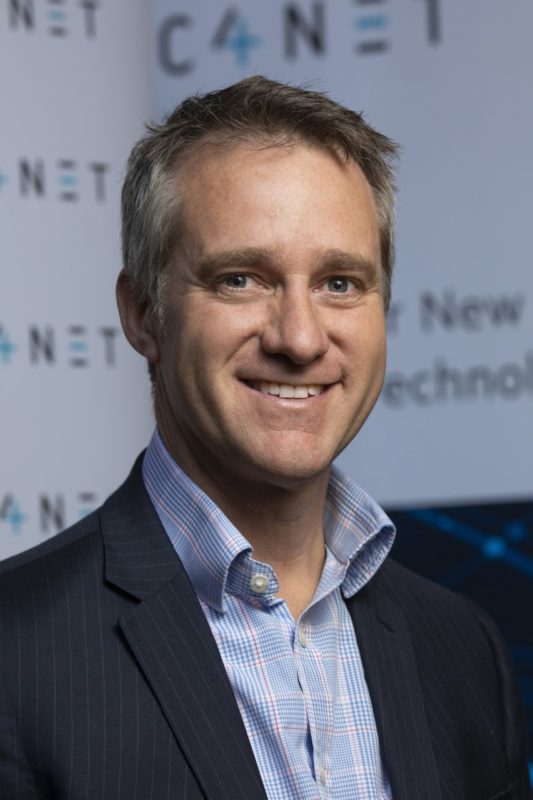The Victoria-based Centre for New Energy Technologies, or C4NET, has been providing detailed energy data to universities, governments and other research institutes for years, and has now decided to expand its scope. The centre’s CEO James Seymour said C4NET is keen to tackle some of “those hairy, complex questions” by digging deep into its trove of data and offering those insights to interested parties Australia-wide.
Collaborating with Victorian electricity distribution networks, C4NET’s new Data Access Service is a first of its kind. It will provide data collected from Victoria’s 2.8 million smart meters (while of course adhering to data use and privacy requirements) including aggregated consumption data, information about the penetration of various localised renewable energy sources and certain network operational information.
While the data C4NET uses comes from Victoria, Seymour said it can offer valuable insights nationwide. Seymour also said the centre is keen to aggregate its datasets with those from other sources, including, for instance, that gathered by inverters and other renewable analysts. “We welcome others to come and join us,” Seymour told pv magazine Australia, adding that the centre could help new players adhere to strict privacy rules given C4NET is something of an expert in data regulation space now.

C4NET
Matching data to desires
A big part of what C4NET does, Seymour said, is figure out what data parties actually need – which is often not the dataset they’ve asked for. This is hardly surprising given Victoria alone has five different distribution zones, meaning data-seeking groups often hit hurdles straight out of the gates just figuring out who to ask. “This is complex, no single partner can do this by themselves,”Seymour said.
What C4NET does then is look at what the query is trying to achieve and finds the most useful data to illuminate the issue.
Not a commercial enterprise (C4NET is funded by its members which include Victoria’s distribution networks along with a number of universities. Its new Data Access Service has been enabled by a grant from the Victorian government though), C4NET digs out data and fits it into a regulatory standard and for the services charges a cost recovery fee. That is, the centre estimates how difficult it will be to track down and analyse the data required, and asks customers to pay not for the data itself but only for the hours its data analysts spend on the task.
The value of smart data
Given over 99% of houses in Victoria are fitted with smart meters, many of which have been installed for well over five years, the amount of data C4NET has at its fingertips isn’t to be snuffed at. In terms of granularity, Seymour says much can be dug from this trove. “For most purposes, 30 minute data provides good insight,” he told pv magazine, referring to the 30 minute settlement system which in October was replaced with a five minute settlement system, increasing insights six fold. “[This] would then give you the vast majority,” Seymour added.
There are of course some things for which smart meters data is insufficient, like looking at frequency issues, but Seymour says the cost of tracking and storing such granular data would be enormous especially since the necessity for such tracking is fairly niche.
Use cases
Data sourced through C4NET gave rise to the recent insight that buildings in the City of Melbourne could provide 74% of their own electricity needs if solar technology is fully integrated into roofs, walls and windows. The Monash University-based ARC Centre of Excellence in Exciton Science together with collaborators at the University of Lisbon conducted the research, sourcing its data from C4NET.
The centre has also helped the Australian Building Codes Board compare the real life differences of five and six star rated buildings compared with older houses; it’s helped local councils verify greenhouse gas reporting in its municipalities; as well as collating data for the Victorian government to understand how its residents use their rooftop solar.
“I’ve been surprised by some of the queries,” Seymour said.
The bottom line is the new data “one stop shop” is now open to queries from anybody and is keen to collaborate with parties with data to share and a desire to accelerate Australia’s decarbonisation. “You need really detailed coordination and organisation,” Seymour said. He hopes C4NET can offer Australia just that, with his ultimate goal being to provide insights which can go on to inform better policy choices.
This content is protected by copyright and may not be reused. If you want to cooperate with us and would like to reuse some of our content, please contact: editors@pv-magazine.com.









By submitting this form you agree to pv magazine using your data for the purposes of publishing your comment.
Your personal data will only be disclosed or otherwise transmitted to third parties for the purposes of spam filtering or if this is necessary for technical maintenance of the website. Any other transfer to third parties will not take place unless this is justified on the basis of applicable data protection regulations or if pv magazine is legally obliged to do so.
You may revoke this consent at any time with effect for the future, in which case your personal data will be deleted immediately. Otherwise, your data will be deleted if pv magazine has processed your request or the purpose of data storage is fulfilled.
Further information on data privacy can be found in our Data Protection Policy.